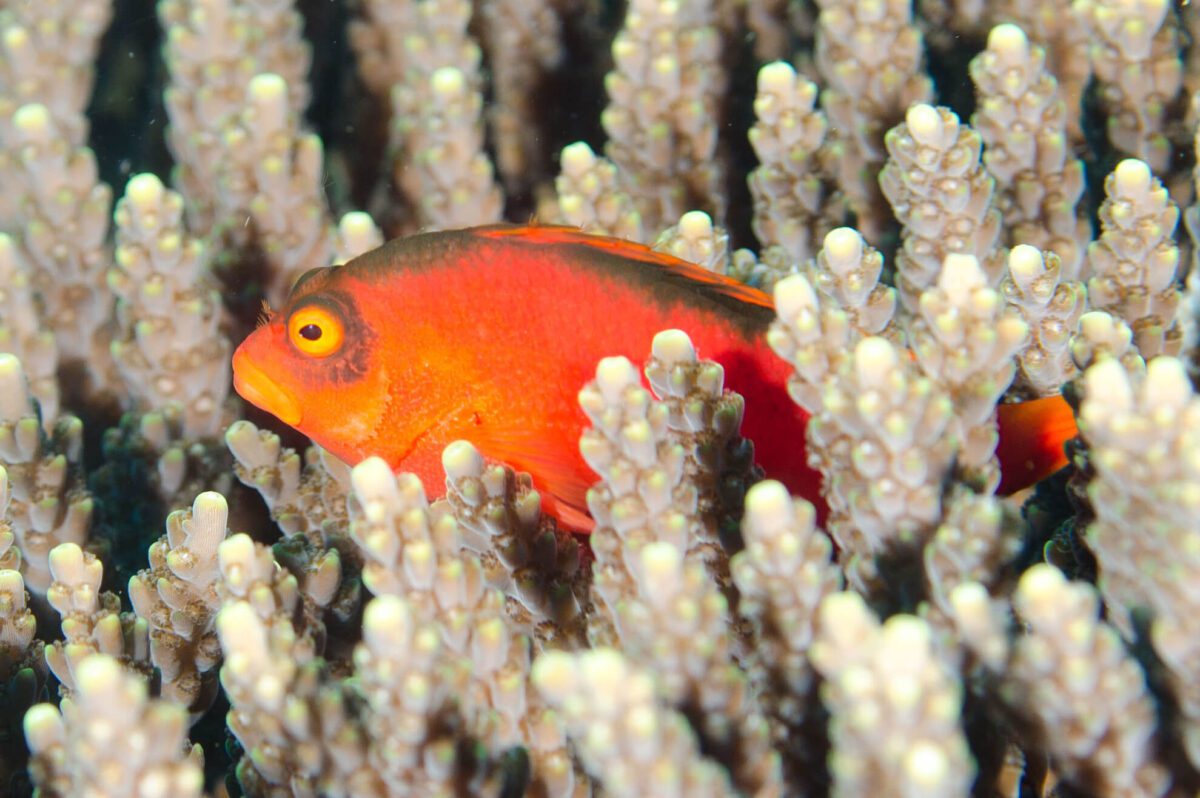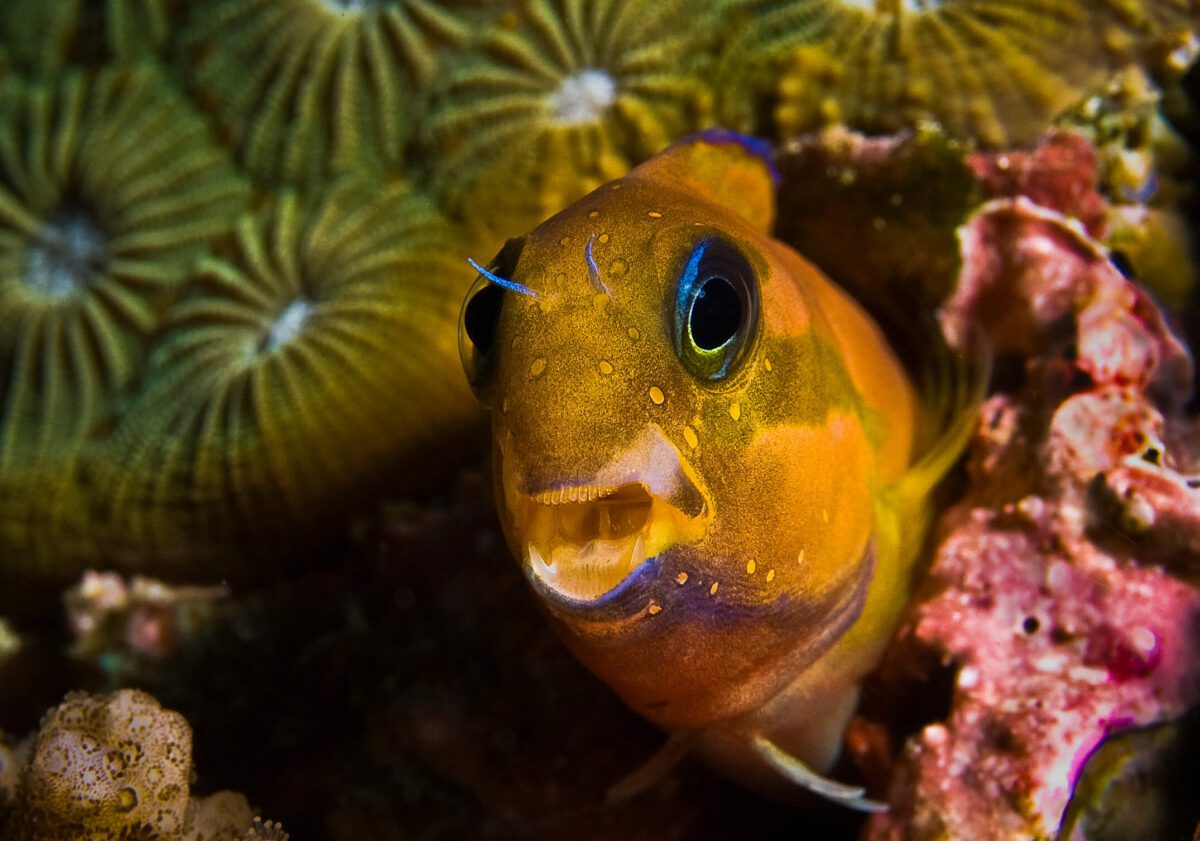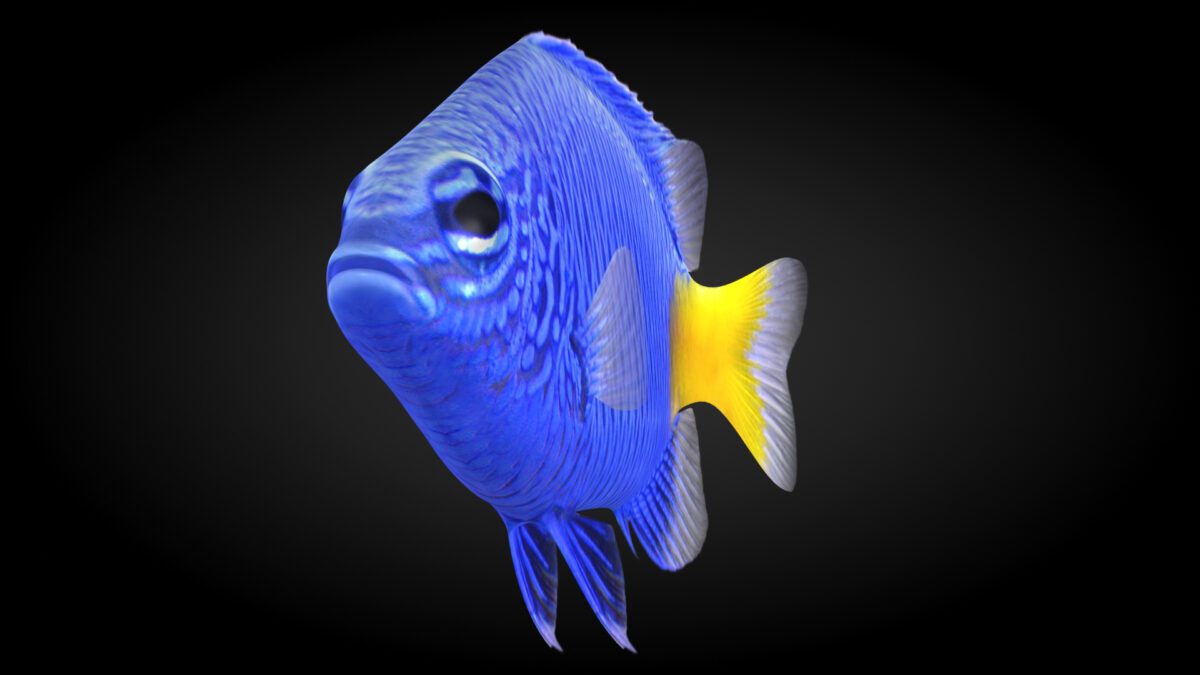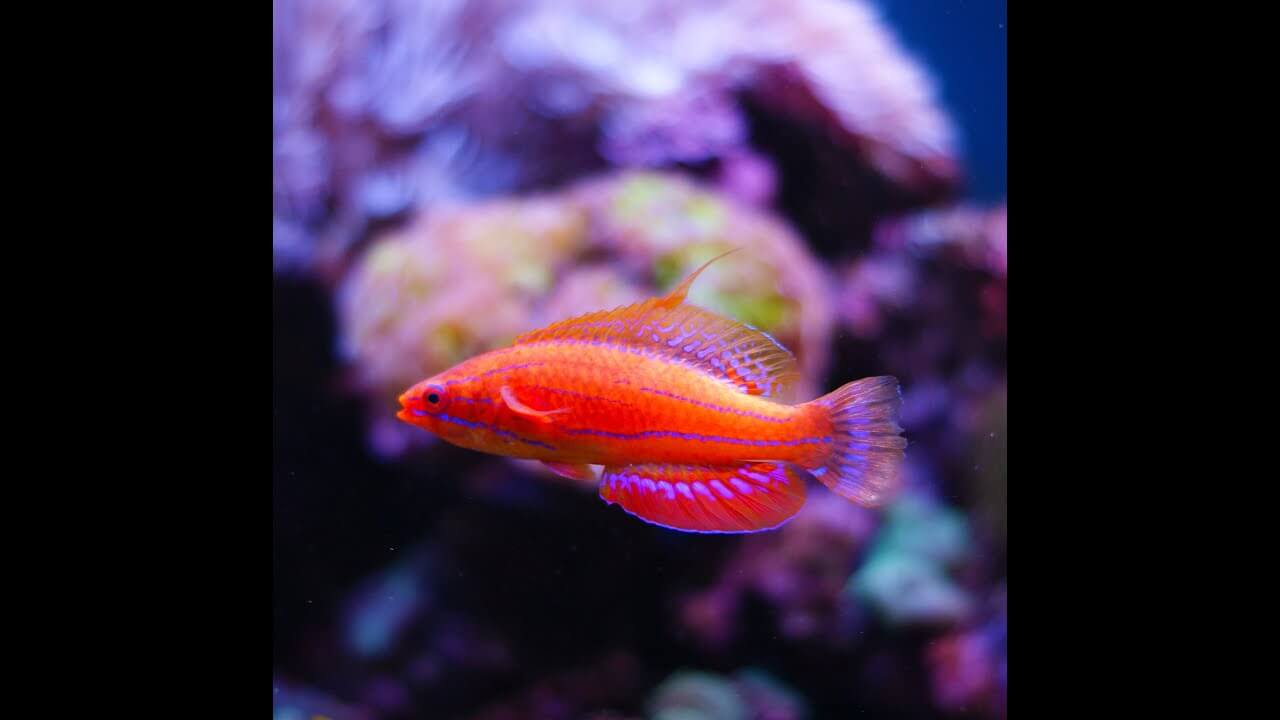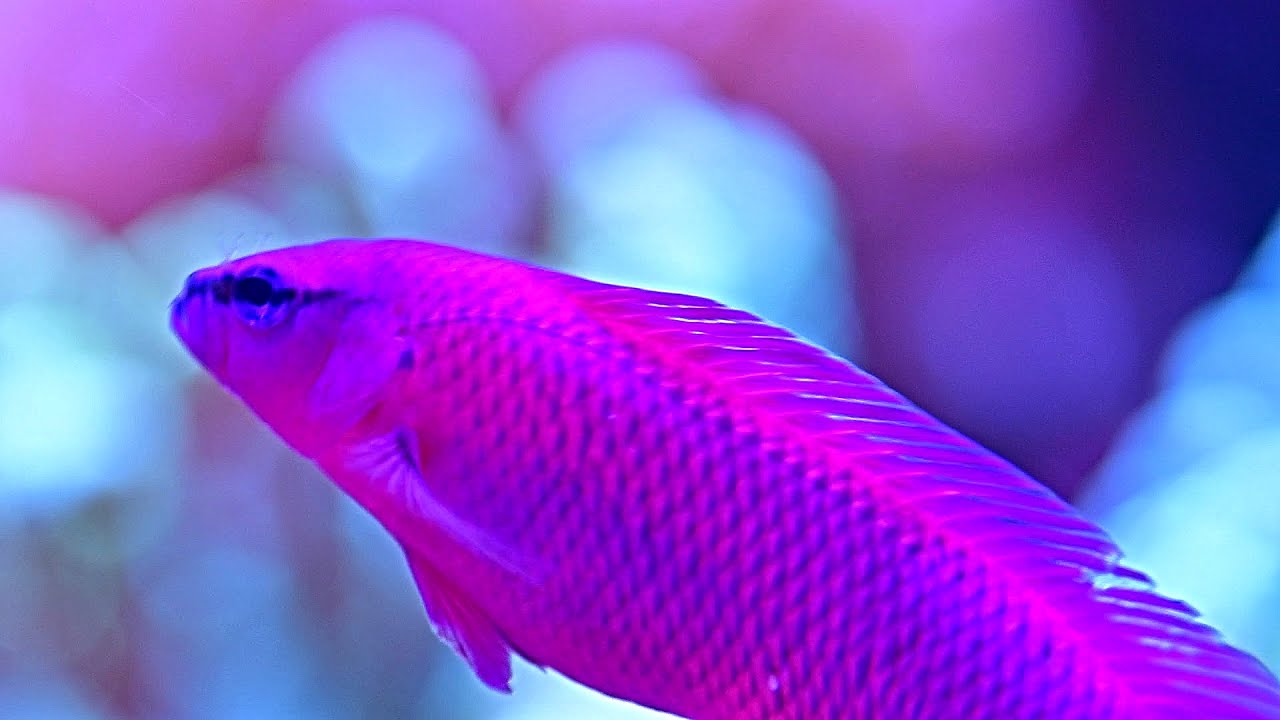G’day mates! Today, we’re diving into the fascinating world of saltwater aquarium fish, focusing on the Flame Hawkfish, scientifically known as Neocirrhites armatus. If you’re a beginner looking to set up your marine aquarium or simply interested in reef-safe fish species, this guide is for you.
The Flame Hawkfish is a stunning and sought-after species that will add vibrant colour to your underwater oasis. In this comprehensive guide, we’ll explore everything you need to know about caring for the Flame Hawkfish, from its natural habitat and physical characteristics to its ideal tank setup, diet, breeding, and more. So, let’s dive right in and discover the beauty of the Flame Hawkfish!
Key Takeaways:
- Flame Hawkfish (Neocirrhites armatus) is a popular and eye-catching saltwater fish species.
- It is reef-safe and often considered a beginner-friendly saltwater species.
- Flame Hawkfish are known for their vibrant colours and unique behaviour.
- Providing the proper aquarium setup, suitable tank mates, and a balanced diet is crucial for their well-being.
- Breeding Flame Hawkfish in captivity can be challenging but rewarding.
Introduction – Flame Hawkfish
Welcome to our in-depth guide on the Flame Hawkfish, a fascinating marine ray-finned fish highly sought after in the aquarium trade. This section will explore the taxonomy and classification of this species and its natural habitat and distribution in the Pacific Ocean. Let’s dive in!
Taxonomy and Classification
The Flame Hawkfish, scientifically known as Neocirrhites armatus, belongs to the family Cirrhitidae. It is the only known member of its genus, making it a unique and intriguing species. Its scientific name, Neocirrhites armatus, reflects its distinct physical characteristics and features.
| Description | Details |
|---|---|
| Scientific name | Neocirrhites armatus |
| Common Names | Flame Hawkfish |
| Origin | Indo-Pacific, Red Sea |
| Family | Bottom layer: Likes to perch on rocks |
| Social | Semi-aggressive, Territorial |
| Domain in tank | Care Level |
| Minimum tank size | 30 gallons (114 liters) |
| Diet | Carnivore – prefers live and frozen foods |
| Breeding | Egg layer, difficult to breed in captivity |
| Care level | Moderate |
| pH Range | 8.1 – 8.4 |
| Water Hardness | 8 – 12 dKH |
| Temperature in F/C | 72-78°F (22-25.5°C) |
| Common Diseases | Marine Ich, Marine Velvet |
| Life Span | 5+ years |
| Size | Up to 4 inches (10 cm) |
| Best Tank Mates | Larger reef-safe fish, Avoid small invertebrates |
Natural Habitat and Distribution
The Flame Hawkfish is native to the vibrant coral reefs of the Pacific Ocean. It can be found at depths ranging from 1 to 10 meters, where it thrives in the tropical reefs abundant with life. This species has adapted to the diverse marine ecosystem, making it a captivating sight for divers and an attractive choice for aquarium enthusiasts.
The Flame Hawkfish’s vibrant colours and unique behaviour set it apart from other marine fish species. Its striking red colouration combined with black markings creates a visually stunning appearance that catches the eye of anyone who encounters it. These attributes and its territorial nature make the Flame Hawkfish a sought-after species in the aquarium trade.
Physical Description and Characteristics – Flame HawkFish
The Flame Hawkfish is a visually stunning species with distinct physical attributes and unique behaviour. Its deep and highly compressed body allows it to navigate effortlessly through coral formations. The vibrant red colouration of its scales serves as a natural camouflage among the coral reef environment, while the black markings around its eyes and beneath the dorsal fin add to its striking appearance.
Colours and Markings
The Flame Hawkfish is known for its vibrant red colour, which creates a beautiful contrast against the backdrop of the ocean. The black markings around its eyes and beneath the dorsal fin further enhance its eye-catching appearance. These markings add to its aesthetic appeal and aid in camouflage and communication.
Gender Differences
Gender dimorphism is evident in Flame Hawkfish. Males tend to be larger and more brightly coloured than females. This difference in size and colouration is attributed to the reproductive roles and behaviours of each gender. Males display vibrant red colouration to attract mates and defend their territories.
Varieties
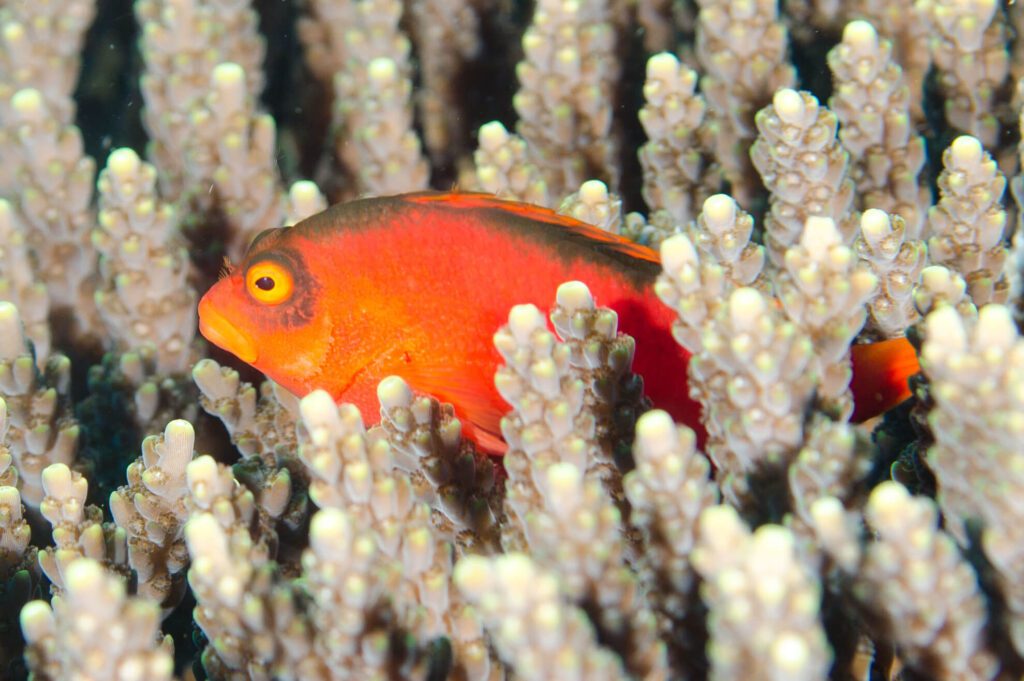
Although no known varieties of Flame Hawkfish exist, their natural beauty and unique behaviour make each specimen a captivating addition to any marine aquarium.
Grades
The Flame Hawkfish does not exhibit different grades or quality variations. However, hobbyists often select individuals based on their size, colour intensity, and overall health when adding them to aquariums.
Behaviour and Temperament
The Flame Hawkfish is an active and exciting species with a territorial nature. They are often observed perching on coral branches and carefully surveying their surroundings. With their highly developed senses, they can quickly detect changes in their environment and react accordingly. This unique behaviour adds an element of excitement and liveliness to any marine aquarium.
Aquarium Requirements
When keeping Flame Hawkfish in an aquarium, providing them with suitable tank conditions is crucial. Here are the essential requirements to consider:
Ideal Tank Size and Layout
The ideal tank size for Flame Hawkfish is at least 30 gallons (114 litres) to provide ample swimming space. Additionally, the tank should have plenty of vertical rock structures for perching and hiding, mimicking their natural habitat.
Water Parameters
Maintaining proper water parameters is crucial for the health and well-being of Flame Hawkfish. The recommended temperature range is between 72-78°F (22-25.5°C), and the pH level should be 8.1 – 8.4.
Suitable Tank Mates and Potential Conflicts
When selecting tank mates for Flame Hawkfish, it is essential to choose species that are compatible with their territorial nature. Avoid aggressive or larger fish that may pose a threat. Suitable tank mates include Larger reef-safe fish; avoid small invertebrates.
Compatibility with Live Plants and Invertebrates
Flame Hawkfish may not be suitable for aquariums with live plants, as they may uproot or disturb them during their perching behaviour. Regarding invertebrates, caution is advised as Flame Hawkfish may see them as potential prey. It is best to avoid housing delicate or small invertebrates.
Flame Hawkfish (Neocirrhites armatus) – Care
Taking proper care of Flame Hawkfish is essential for their health and well-being. They require a well-maintained aquarium with good water quality, regular feeding, and a suitable environment.
Diseases
The primary diseases that can affect Flame Hawkfish (Neocirrhites armatus) in a saltwater aquarium setting include:
- Marine Ich (Cryptocaryon irritans): A common parasitic infection characterized by white, sugar-like spots on the body, fins, and gills. Fish may also exhibit signs of irritation, such as rubbing against objects in the tank.
- Marine Velvet (Amyloodinium ocellatum): Another parasitic infection presenting with finer, dust-like yellow or gold spots. Symptoms include rapid gill movement due to difficulty breathing, lethargy, and loss of appetite.
Both diseases are highly contagious and can quickly spread throughout the tank if not addressed promptly. Prevention includes maintaining optimal water quality, quarantining new arrivals, and providing a well-balanced diet to keep the fish healthy and stress-free.
Treatment often involves copper-based medications or other commercial remedies specifically designed for marine aquariums, along with quarantine procedures to prevent the spread of the disease to other tank inhabitants.
Diet and Feeding
The Flame Hawkfish has specific dietary preferences that must be considered to provide a balanced and nutritious diet. As a carnivorous species, their natural diet primarily consists of small crustaceans in the wild.
- Frozen Foods: High-quality frozen foods such as mysis shrimp and brine shrimp are excellent for Flame Hawkfish. These provide essential nutrients and are readily accepted.
- Marine Flesh: Offer small pieces of marine flesh, including squid, scallops, and fish. This variety ensures a balanced intake of proteins and other nutrients.
- Live Foods: Incorporating live foods can stimulate natural hunting behaviours and provide enrichment. Feeder shrimp can be a good option, but ensure they are sourced from a reputable supplier to avoid disease.
- Pellets and Flakes: High-quality, carnivore-specific pellets and flakes can be part of the diet. Ensure they are small enough for the hawkfish to eat and are soaked before feeding to make them easier to digest.
- Vitamin Supplements: Occasional use of vitamin supplements can help prevent nutritional deficiencies, especially when mixed with frozen or live foods.
Dietary Preferences
Flame Hawkfish prefer live food and small meaty offerings. When feeding them in captivity, it is essential to replicate their natural feeding habits as closely as possible.
Recommended Foods and Feeding Schedule
To ensure optimal nutrition, the Flame Hawkfish should be fed various foods that meet their dietary requirements. Recommended foods include high-quality frozen shrimp, mysis shrimp, brine shrimp, and small marine pellets. These foods provide essential nutrients, vitamins, and minerals that contribute to the overall health and well-being of the Flame Hawkfish.
Establishing a regular feeding schedule for the Flame Hawkfish is essential. Feeding them small amounts multiple times daily is recommended to accommodate their high metabolic rate and help prevent overfeeding. This feeding schedule mimics their natural feeding patterns in the wild and promotes healthy digestion.
Tips on Ensuring a Balanced and Nutritious Diet
To ensure a balanced and nutritious diet for the Flame Hawkfish, it is crucial to consider the following tips:
- Offer a combination of live, frozen, and dry foods to provide variety and accommodate dogs’ natural feeding behaviours.
- Rotate the types of food you offer to ensure a diverse nutrient intake.
- Monitor their feeding behaviour and adjust the food offered to prevent overfeeding.
- Observe the Flame Hawkfish regularly during feeding to ensure they actively consume the food and do not let it go to waste.
- Ensure the food is of high quality and suitable for marine carnivores.
By following these guidelines and providing a well-rounded diet, you can help maintain the health and vitality of your Flame Hawkfish.
Breeding and Reproduction
Breeding Flame Hawkfish in captivity can be a rewarding but challenging endeavour. As we mentioned earlier, Flame Hawkfish exhibit gender dimorphism and undergo a permanent sex change as they grow larger, which can make sexing them difficult. However, with careful observation and knowledge of their behaviour, it is possible to determine their sex.
Sexing
Sexing Flame Hawkfish can be challenging due to their gender dimorphism and sex change. Identifying the sex of these fish requires close observation of their physical characteristics, such as size, colouration, and fin shape. Males are usually more extensive and more brightly coloured than females. Additionally, mature males may develop elongated dorsal and anal fins.
Breeding Behavior and Conditions
Breeding behaviour in Flame Hawkfish usually begins with courtship displays and the formation of monogamous pairs. The male initiates the courtship ritual by displaying his vibrant colours and performing elaborate movements to attract the female. Once a pair has formed, they will search for a suitable nesting site in the aquarium.
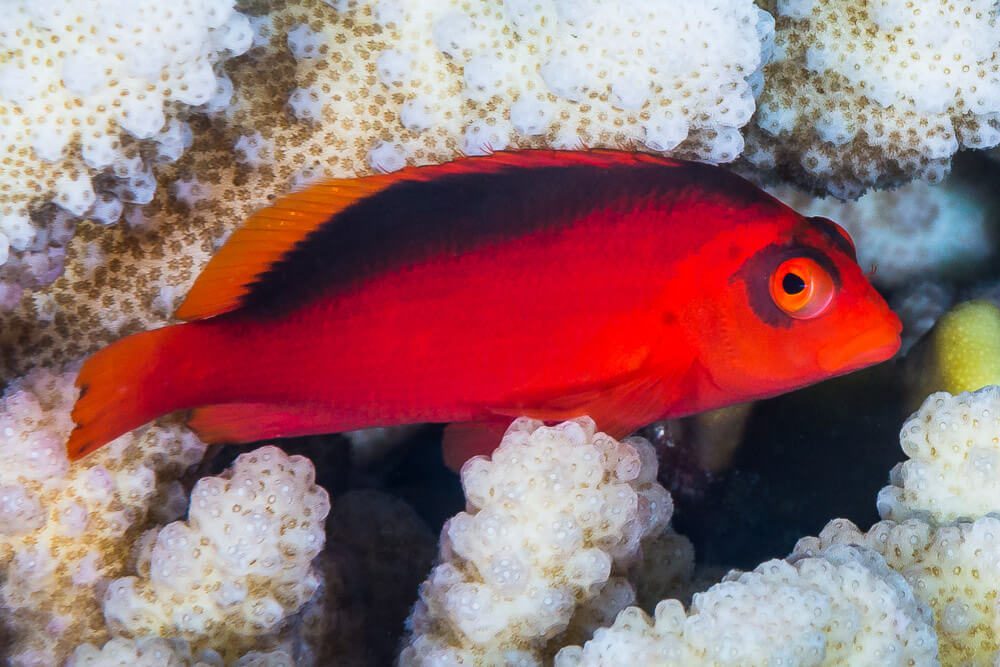
Providing the right breeding conditions is crucial for successful reproduction. Flame Hawkfish require a well-established and mature aquarium with plenty of hiding spots and live rock structures for nesting. The water conditions should be stable, with appropriate temperature, salinity, and pH levels. Maintaining water quality by regularly monitoring parameters and performing necessary water changes is crucial.
Care of Eggs and Fry
Once the female Flame Hawkfish lays her eggs, ensuring their care and protection is essential. The male guards and fans the eggs to provide them with oxygenated water. It is important to avoid disturbing the nest during this time to prevent stress or damage to the eggs.
After the eggs hatch, the fry becomes free-swimming and requires small, nutritious food. Offer them appropriate live or frozen foods to ensure proper growth and development. Regular water changes and maintenance of optimal water conditions are crucial during this stage to ensure the health and survival of the fry.
Challenges in Breeding in Captivity
There are several challenges associated with breeding Flame Hawkfish in captivity. One significant challenge is the availability of suitable mates. Finding compatible pairs and establishing successful breeding partnerships in the aquarium can be challenging. Additionally, providing the optimal conditions for reproduction, including appropriate nesting sites and stable water parameters, can be demanding.
Another challenge is caring for the vulnerable eggs and fry. The fry is delicate and requires specific conditions for growth and development. Maintaining water quality, providing suitable food, and protecting the nest from potential threats are essential for their survival.
Despite these challenges, successful breeding and rearing of Flame Hawkfish can be a rewarding experience for dedicated aquarium enthusiasts. With careful observation, proper care, and attention to detail, it is possible to witness the remarkable journey of these captivating fish.
Summary
The Flame Hawkfish, Neocirrhites armatus, is a captivating saltwater fish highly sought after in the aquarium trade. Its vibrant red colouration, unique behaviour, and territorial nature make it popular among hobbyists.
Proper care and attention to their specific requirements are essential for maintaining the health and well-being of Flame Hawkfish. This includes providing suitable tank conditions, a balanced diet, and regular monitoring.
Breeding Flame Hawkfish in captivity can be rewarding but challenging. It requires careful observation and the provision of optimal breeding conditions. Overall, the Flame Hawkfish is a stunning addition to any marine aquarium setup, providing enthusiasts with a glimpse into the vibrant world of saltwater fishkeeping.
FAQ
What is the Flame Hawkfish?
Where is the Flame Hawkfish found in the wild?
What are the physical characteristics of the Flame Hawkfish?
What are the ideal tank conditions for Flame Hawkfish?
Can Flame Hawkfish live with other fish in the aquarium?
How do I care for Flame Hawkfish?
What do Flame Hawkfish eat?
Can Flame Hawkfish be bred in captivity?
Source Links
- https://en.wikipedia.org/wiki/Flame_hawkfish
- https://www.liveaquaria.com/product/193/?pcatid=193
- https://betterknowafish.com/2013/10/11/flame-hawkfish-neocirrhites-armatus/
- Key Takeaways:
- Introduction – Flame Hawkfish
- Physical Description and Characteristics – Flame HawkFish
- Aquarium Requirements
- Flame Hawkfish (Neocirrhites armatus) – Care
- Diet and Feeding
- Breeding and Reproduction
- Summary
- FAQ
- What is the Flame Hawkfish?
- Where is the Flame Hawkfish found in the wild?
- What are the physical characteristics of the Flame Hawkfish?
- What are the ideal tank conditions for Flame Hawkfish?
- Can Flame Hawkfish live with other fish in the aquarium?
- How do I care for Flame Hawkfish?
- What do Flame Hawkfish eat?
- Can Flame Hawkfish be bred in captivity?
- Source Links

